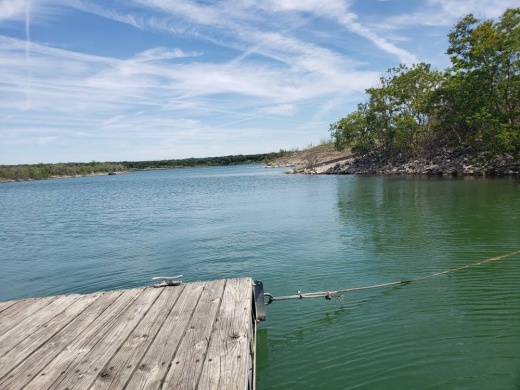"It's a very simple system," BCMUD General Manager Shean Dalton said. "It's a small well and inside that well is a copper rod, and it's in a solution... and there is a little pump, a control system, and, from there, it's the safe delivery of the copper ion solution."
It is part of a project to combat the mussels that began in June 2021 with the replacement of six out of nine aluminum water intake screens with copper-coated screens and is expected to be complete by July according to BCMUD Parks and Recreation Manager Betsy Schultz.
"It is a very minute amount of copper needed; we operate at 5 parts per billion when the federal copper rule allows up to 1,300 parts per billion for drinking water," said Tom Caponi, a project manager for MRB Group, the firm overseeing the $1.8 million project to mitigate the impact of zebra mussels in BCMUD's water supply.
According to the Texas Parks and Wildlife Department, zebra mussels are an invasive species transmitted between bodies of water by attaching to boats and other water vehicles. One mussel can produce one million larvae in a year. Lake Gerogetown is one of 28 lakes in Texas classified as infested with zebra mussels.
"There are other techniques, solutions to this problem; chlorine, permanganate, heavy chemicals, so this is a much cleaner solution and has low-impact on the environment," Caponi said.
To learn more about zebra mussels, visit www.texasinvasives.org/zebramussels.





